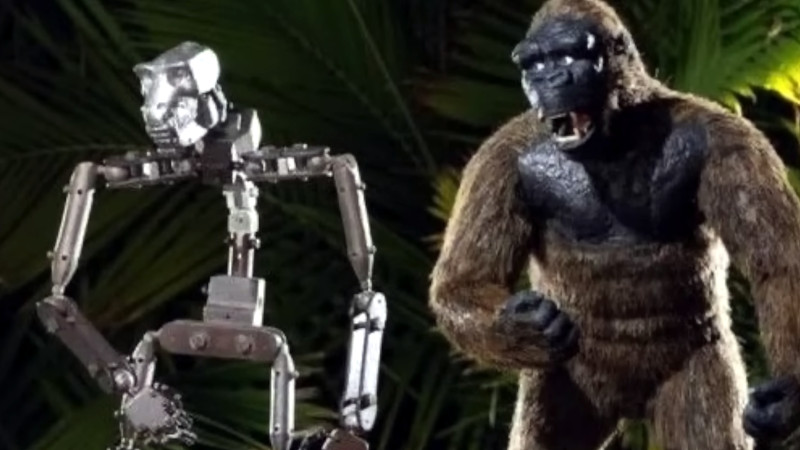Community, Leadership, Experimentation, Diversity, & Education
Pittsburgh Arts, Regional Theatre, New Work, Producing, Copyright, Labor Unions,
New Products, Coping Skills, J-O-Bs...
Theatre industry news, University & School of Drama Announcements, plus occasional course support for
Carnegie Mellon School of Drama Faculty, Staff, Students, and Alumni.
CMU School of Drama
Friday, March 17, 2023
Retrotechtacular: The Revolutionary Visual Effects Of King Kong
Hackaday: Today, it’s easy to take realistic visual effects in film and TV for granted. Computer-generated imagery (CGI) has all but done away with the traditional camera tricks and miniatures used in decades past, and has become so commonplace in modern productions that there’s a good chance you’ve watched scenes without even realizing they were created partially, or sometimes even entirely, using digital tools.
Subscribe to:
Post Comments (Atom)

2 comments:
I had never really thought about how revolutionary the visual effects in King Kong were, but after reading this article, I completely agree with the author of the article and of the documentary that these effects were groundbreaking. I found the use of rear-projection to be particularly interesting, as well as the comparison used in the article to modern day large scale LED walls. Obviously, today’s technology is extremely different from the rear projection used, but the principle does seem to remain the same. The amount of work and time that the stop motion combined the second shooting using the rear-projection must have been huge, but it was incredibly successful. The foreground and background of the film look like they were shot simultaneously and the scale of the objects in the background looks larger than life (as was the goal). It’s just really interesting to hear about how special effects have been created historically.
I have never seen ‘King Kong’ but the iconic image of King Kong on top of the Empire State building remains in my mind, and I’m sure it’s also well known to the rest of the world. For a film that was made so long ago, I think it is shocking and respectable how much craftsmanship and thought was put into the making process. I’m surprised that they made different scales of the King Kong puppet and different body parts too – I suppose this provides a layer of realism that just couldn’t be achieved in other ways back then; they were probably a lot easier to manipulate than what post effect could do. The part about the rear projection is something new. While the physics behind doesn’t seem to be too complicated, I suspect the execution to be a straightforward one. It’s interesting looking back to the original King Kong film now when we look at newer versions, such as ‘Kong: Skull Island’, where almost everything is done digitally for the post-effect
Post a Comment